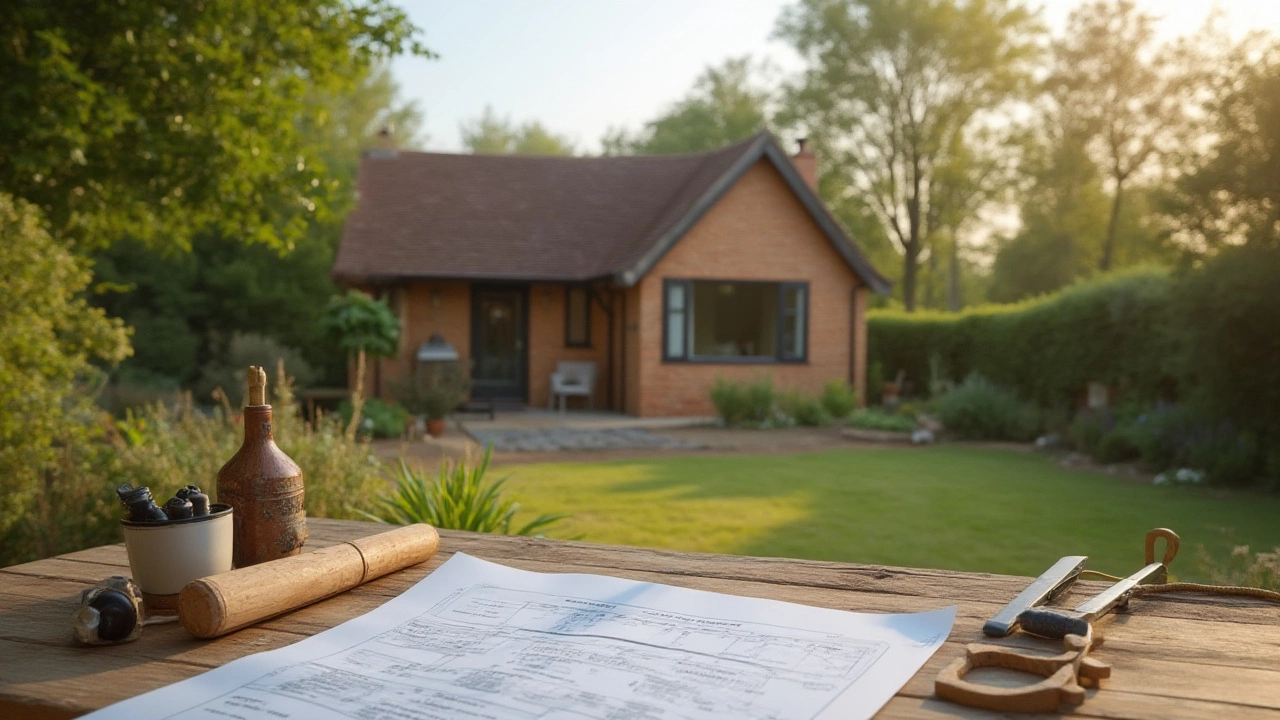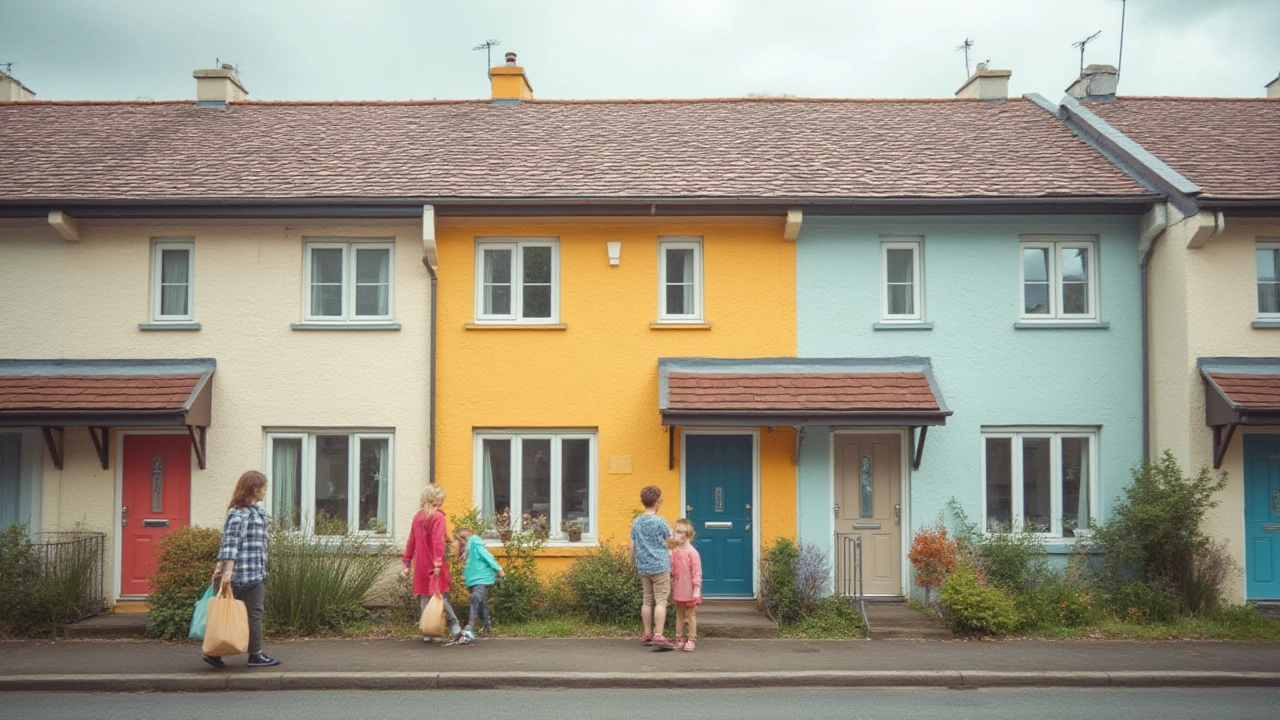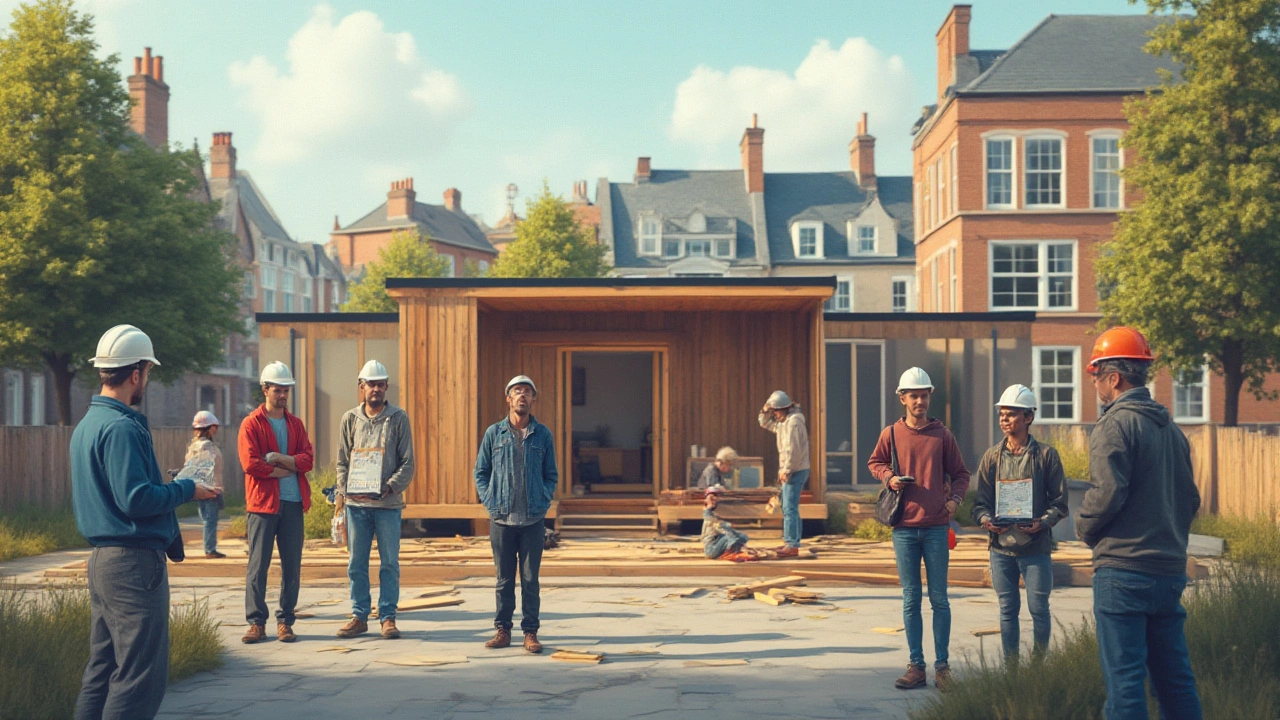Least Expensive House Styles to Build: Smart Choices for Budget Homebuilders

If you’ve ever stared at a plot of land and wondered, “How can I put a roof over my head without emptying my life savings?” you’re not alone. Building a house sounds like an out-of-reach fantasy for most people—until you realize that the style and structure you choose have a massive impact on the final bill. Some houses are bank-busters; others are surprisingly budget-friendly. Let’s decode which styles keep you miles away from mortgage anxiety, based on facts, honest builder experiences, and real-life cost breakdowns.
Why House Style Impacts Cost More Than You Might Think
It’s funny how many people get swept away picturing a dreamy craftsman or a classic Victorian, not realizing that ornate details come with scary price tags. The architecture of a house—its shape, layout, height, and even the roof—shapes the entire budget. The fewer twists and turns and fancy frills, the less money you’ll bleed.
Boxy, simple designs—think rectangles and squares—are the superheroes of savings. Why? Because they use fewer materials, are faster to frame, and don’t involve complex engineering. If you go for odd angles or lots of nooks and crannies, every specialty cut and extra labor hour eats away your funds. Simplicity saves you on construction costs, plumbing, wiring, and even energy bills down the line, since compact homes lose less heat and cool more evenly.
According to the National Association of Home Builders (2024), building a new home in the U.S. cost $150 to $270 per square foot for basic finishes, but simple one-story homes often landed at the low end of that range. Two-story houses are tempting since they stick more living space on a smaller land footprint, but they can bump up costs with staircases, structural steel, and trickier roof lines.
Want to see just how wild the price swings are by design? Here’s a snapshot of average building costs per square foot by popular house styles, based on 2024 construction surveys:
| House Style | Average Cost/Sq. Ft. | Main Features |
|---|---|---|
| Ranch | $120 - $170 | Single-story, rectangle or L-shape, simple roof |
| Tiny House | $100 - $160 | Under 400 sq. ft., minimal plumbing, portable options |
| Bungalow | $130 - $200 | 1-1.5 stories, front porch, gable roof |
| Colonial | $175 - $250 | 2 stories, formal symmetry, gabled roof |
| Cape Cod | $145 - $210 | 1-1.5 stories, steep roof, basic rectangle |
| Modern/Contemporary | $200 - $350 | Open spaces, irregular shapes, flat roofs, glass |
The ranch and tiny house styles almost always scoop up the crown for cheapest to build, especially if you’re not seeking luxury-level fixtures. With a single-story ranch layout, every room sits on the same level. You dodge the extra foundation and structural work needed for stairs and upper floors, while also killing it in the efficiency department. Ranch-style homes also make DIY projects more realistic since simple interiors and flat layouts aren’t intimidating for novices. Plus, aging in place is easier—no stairs to navigate later in life.
Of course, there are even more stripped-down options. Barndominiums—those barn-inspired homes—have surged in popularity in 2025 due to their open interiors and cheap metal shell construction. People have built these for as little as $90 per square foot if they stick to a bare-bones finish and do part of the work themselves. These are great for folks who aren’t hung up on traditional curb appeal but care about price and durability.
Contrast this with Victorian or Tudor homes, loaded up with towers, decorative woodwork, and steep roofs. Those Instagram-perfect homes? Budget nightmares. Details have to be carved, custom windows sourced, and the roof is a maze of peaks and valleys that wreak havoc on your wallet and builder’s schedule. If dollars matter more than dazzle, steer clear of complexity.

The Runaway Winner: Simple Ranch and Tiny Home Designs
So which style actually wears the affordability crown? If we’re talking standard construction—not 3D-printed kits or shipping container hacks—the classic ranch is nearly always your best bet for a full-sized home. Think of a basic rectangle, one story, a low-pitch roof, minimal overhangs. The fewer bump-outs and angles, the cheaper the build. And if you’re okay with something even smaller, the least expensive house to build in sheer cost and effort is the tiny home.
Why do these styles win so hard on cost? The genius is in their simplicity:
- Easy Foundation: Simple footprints mean you’re not pouring complex, winding foundations—just a straight slab or perimeter walls.
- No Frills Framing: The basic box shape means fewer supports, beams, and joists. Builders love a straightforward rectangle!
- Roof Savings: A low-pitch gabled roof or even a simple shed roof slashes labor and material needs.
- Plumbing and Wiring: In compact homes, the kitchens and bathrooms are closer together, so you run less pipe and wire.
- Energy Efficiency: Smaller footprints and fewer exterior walls keep utility bills in check if properly insulated.
- Speed: A boxy style can go up in weeks, not months, meaning less time paying contractors and interest.
You might be surprised just how economical a tiny house can be—DIY enthusiasts have finished theirs for under $50,000. Of course, local building codes and size requirements might force you up to a minimum square footage, but even then, sticking to a ranch design or simple box keeps costs tamed. Modular and kit homes push savings even further. These are pre-designed houses built in factories then shipped to your site. The streamlined process eliminates surprise costs, so you don’t suddenly find yourself $20,000 over budget due to "unexpected issues." In 2025, companies like Boxabl and prefab home manufacturers have brought single-level homes to market for under $75,000 finished (not including land)—and they include bathrooms and kitchens.
One tip—beware of contractor sales pitches for "upgrades." Open floor plans, walk-in pantries, or covered patios sound nice, but every extension adds chunk to your foundation, framing, and roofing bills. Stick to the essentials, and you’ll appreciate the final price tag.

Real-World Tips to Slash Building Costs Without Sacrificing Comfort
You don’t have to settle for bland just to stick to your budget. Strategic decisions—before ground ever breaks—keep both comfort and costs in check. Here’s how real homeowners make it work in 2025:
- Pick Your Plan Carefully: Start with free or low-cost plans online. Many government agencies and home building websites release simple home plans designed for low budgets. Modification fees kill budgets, so finding a plan you love as-is is gold.
- Go Minimal on Roofs: Shed roofs or single ridge gable roofs cost less than complicated hip or multi-peaked roofs. A flat roof may seem cheaper but can be tricky with drainage and insulation.
- Think About Depth: Shallow homes (less than 28 feet deep) cost less because lumber comes in standard lengths, reducing waste and custom cutting.
- Choose Slab-on-Grade Foundations: No basement, no crawlspace—just a simple slab. This works great in warmer climates, where you don’t need foundation walls below the frost line.
- Simplify the Interior: Open floor plans are great for both savings and future rearranging. Less drywall, fewer interior walls, and open beams cut down on materials and labor.
- Limit Bathrooms: Plumbing is expensive! One bathroom is always cheaper than two, and building it back-to-back with the kitchen saves even more.
- Consider Local Materials: Using regionally available building materials lowers shipping and buying costs. In rural areas, some folks even use salvaged barn wood or locally milled timber.
- DIY What You Can: Painting, installing floors, building decks, or planting landscaping yourself trims thousands from the final tally.
- Skip Custom Windows and Doors: Stock sizes mean mass-production pricing from the hardware store. Odd shapes or specialty glass multiply costs.
- Resist Exterior Add-Ons: Front porches, bays, and extra wings look cute but balloon materials, foundations, and labor time.
Some people save more by acting as their own general contractor, but that’s a huge job. If you can’t take that on, at least get bids from multiple builders, ask for cost-plus contracts (so you only pay actual costs plus a set fee), and do not reveal your whole budget early—they’ll target it as your spend limit.
The exact cost will always depend on your location (California vs. rural Alabama is a world apart), the price of materials, and local codes. But by choosing a modest ranch, tiny home, or simple box design, sticking with stock materials, and doing what you can yourself, you’ll be sleeping under your new roof with less debt and less stress.
A house doesn’t have to be flashy or massive to feel like home. Sometimes, the smartest style is the one that keeps your bank account breathing easy and leaves you free to fill it with the life and laughter you’ve dreamed of.